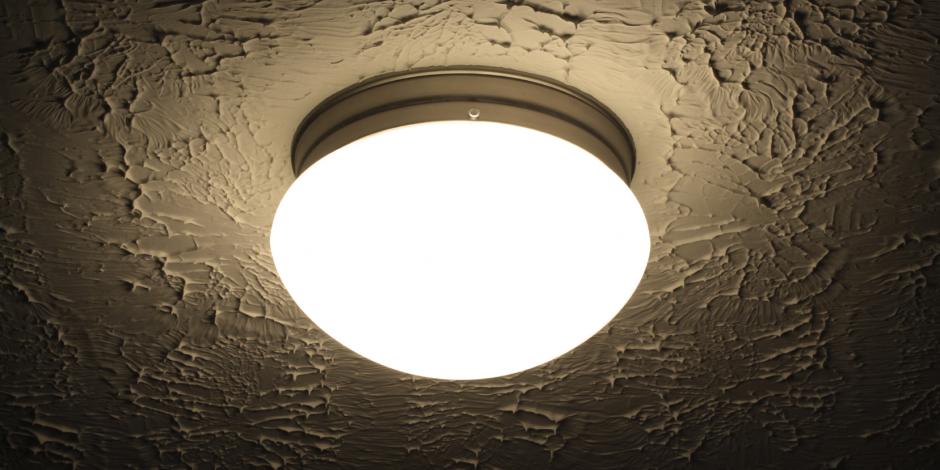- Homebuyers
- Home Owners
- Home Performance
- Rental Housing
- Housing Development
- Community Programs

Lighting is a key aspect of home comfort. The best energy efficient lighting strategies provide the same amount of light while at the same time using less energy and saving money. Lighting accounts for roughly 10% of home electricity use (according to the Environmental Protection Agency), so there are tremendous opportunities for energy savings.
One of the best ways to cut back on lighting costs is to capitalize on natural daylighting whenever possible. Open window treatments during the day and remove screens from south-facing windows in the winter to boost home daylight levels.
Energy-efficient light bulbs are another key strategy for lowering your electric bill.
Why Replace Incandescent Bulbs?
Did you know swapping out 15 bulbs for low energy light bulbs can save $50 annually on your electric bill?
Incandescent light bulbs use a lot of energy to generate light. Unfortunately, 90% of the energy is given off as heat. This is particularly problematic in the summer, when supplemental heat is unwanted. Because they are so inefficient, they are no longer manufactured, but they are still in use in many Nashville-area homes. Woodbine Community Organization recommends upgrading incandescent bulbs to more efficient bulbs.
The savings are even greater when replacing the most commonly used light bulbs in your mid-Tennessee home. Most energy efficient bulbs last longer, meaning you’ll save money and time by replacing them less often. If you are just replacing some incandescent light bulbs with energy-efficient bulbs, prioritize the ones that are used the most for the greatest energy and money savings.
Compact Fluorescent Lamps (CFLs )
Because these bulbs are so much more efficient than incandescent bulbs, they can pay for themselves in energy savings in just 9 months! In fact, ENERGY STAR-qualified CFLs use roughly one-quarter of the electricity of incandescents and last ten times longer while providing the same amount of light.
CFLs are now available in a variety of tones, unlike when they were first introduced. If you need a dimmable bulb, refer to the packaging, as some CFLs do not have this feature. Because the bulbs contain a small amount of mercury, make sure torecycle the bulbs at the end of their lifespan.
LEDs
Light emitting diode (LED) technology is rapidly developing, highly energy efficient, and growing in popularity in Tennessee. LED bulbs use one-fifth to one-quarter of the power of incandescent light bulbs, and last up to 25 times longer.
Prices are coming down quickly, but are still generally higher than CFLs. Because they last so long and are so efficient, they are still a wise investment for most Nashville-area homes.
